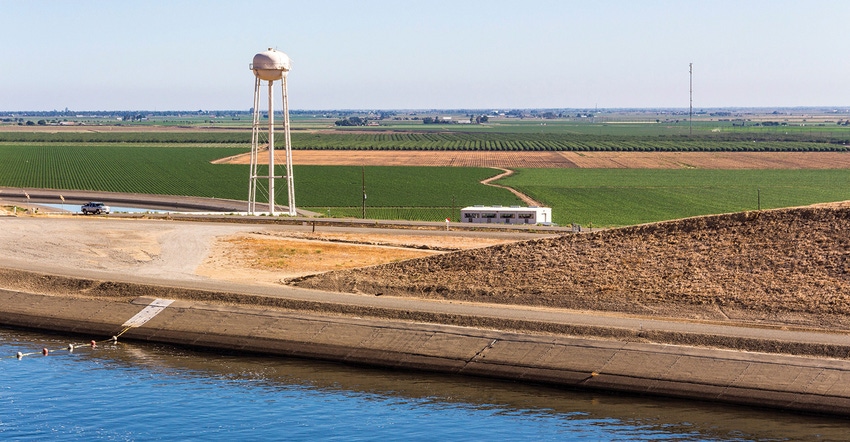
There are a lot of “ifs” surrounding SGMA, California’s Sustainable Groundwater Management Act. In 2014, when he signed the historic statewide framework to protect groundwater resources over the long haul, then-Gov. Jerry Brown emphasized that “groundwater management in California is best accomplished locally.”
In March, as part of the week-long National Groundwater Awareness Week, the California Department of Water Resources emphasized that as the state entered its third consecutive year of drought, awareness of groundwater’s role in the state’s water supply and the need to protect the resource was paramount.
“The reality is that our water system — including the 515 groundwater basins serving as underground reservoirs — is going to be stretched thin this summer, said DWR Director Karla Nemeth. “Water awareness and conservation are now a lifestyle to be practiced every day.”
Those feelings were backed up by Jamie Johansson, president of the California Farm Bureau at its recent Capitol Ag Conference when he told legislators: “Multiyear droughts are not new, occurring 60% of the last 100 years in our state's agriculture. Our resolve on how we deal with it is what’s lacking.”
While recharge of groundwater remains a hot topic, the Western Agricultural Processors Association believes that SGMA may not be the best vehicle to accomplish it.
At the very least, says WAPA President and CEO Roger Isom, “SGMA will have devastating impacts on agriculture, farming, and the state as a whole. Its impacts go far beyond just the agricultural industry overall. It affects farmers, those who work on the farms, their families, and every single person who lives in ag country.”
He cites a study by UC Berkeley economists [Blueprint Economic Impact Analysis, Phase 1] that states “up to a million acres in San Joaquin Valley may be fallowed over a two-to-three-decade period as a result of reduced ground and surface water availability.” Attesting to the importance of that one statement alone, that represents one-fifth of all acreage currently under cultivation in the Valley.
Key counties affected
Once your mind recovers from that shock, the report also details other specifics that are cringe-worthy — the counties of Fresno, Tulare, Kern, Kings, Madera, Merced, San Joaquin, and Stanislaus would lose some massive tree nut farming, up to 327,815 acres allowed to lie fallow; an annual farm revenue loss of $7.2 billion and a departure of some 85,000 jobs gone statewide due to SGMA and future surface water reductions.
“Reducing the scale of agricultural production impacts nearly every sector of the San Joaquin Valley economy where farming is one of the principal regional industries,” the Blueprint reports. “Lost farm income translates into losses in other sectors as income and spending are curtailed. And reductions in economic activity imply changes in state and local tax collection, with SMGA and surface water supply reduction losses calculated at $535 million annually.”
Long a vocal supporter of urging the state to fix its water infrastructure, Isom told Western Farm Press: “We all know something has to happen and when SGMA went through, we thought it would change things and fix some of the problems. But none of that is happening and this will alter the landscape of agriculture in the San Joaquin Valley.
“Some of the districts are already starting to implement sustainable thresholds and agriculture and other domino-effect businesses will suffer. It’s not just, ‘I’m going to fallow 25% of my land’ — it’s, ‘I’m going to fallow 75% of my land.’ When I say devastating, I don’t use that term loosely. It’s going to be a big reckoning when this is all implemented if we don’t find a way to replace the water being lost out through the Delta. I’m hoping something will be done before it’s too late or you’re going to see some of our commodities disappear.”
About the Author(s)
You May Also Like




